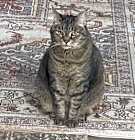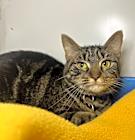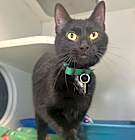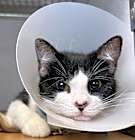Ragamuffin cats come in a wide variety of coat colors and patterns. They can have solid colors like white, black, and blue, and they also display various patterns:
Calico: A mix of white, black, and orange, with patches of color.
Bicolor: A pattern featuring a combination of white with one or more solid colors.
Color point: A pattern where the cat has darker colors on their extremities (ears, face, paws, and tail) with a lighter body color.
Van: A pattern with color primarily on the head and tail, with the rest of the body mostly white.
Tabby patterns: Includes classic (swirled patterns), mackerel (striped), and spotted.
Additionally, Ragamuffins can have diluted colors like cream and lilac, and their coats may include combinations of these colors.






